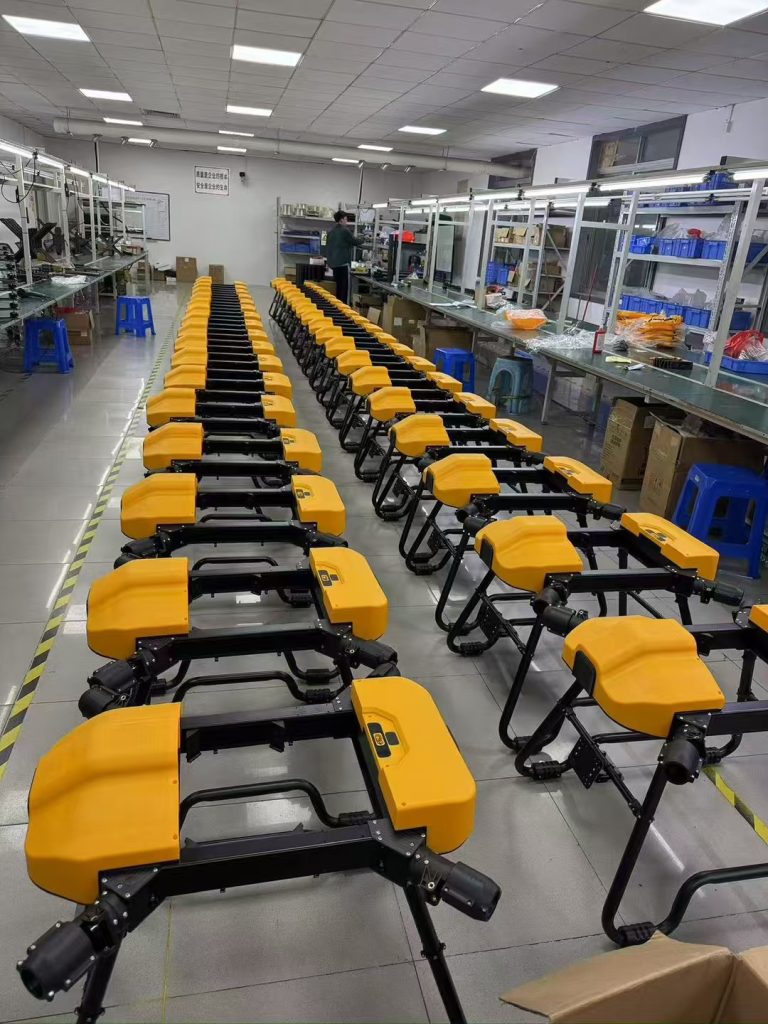
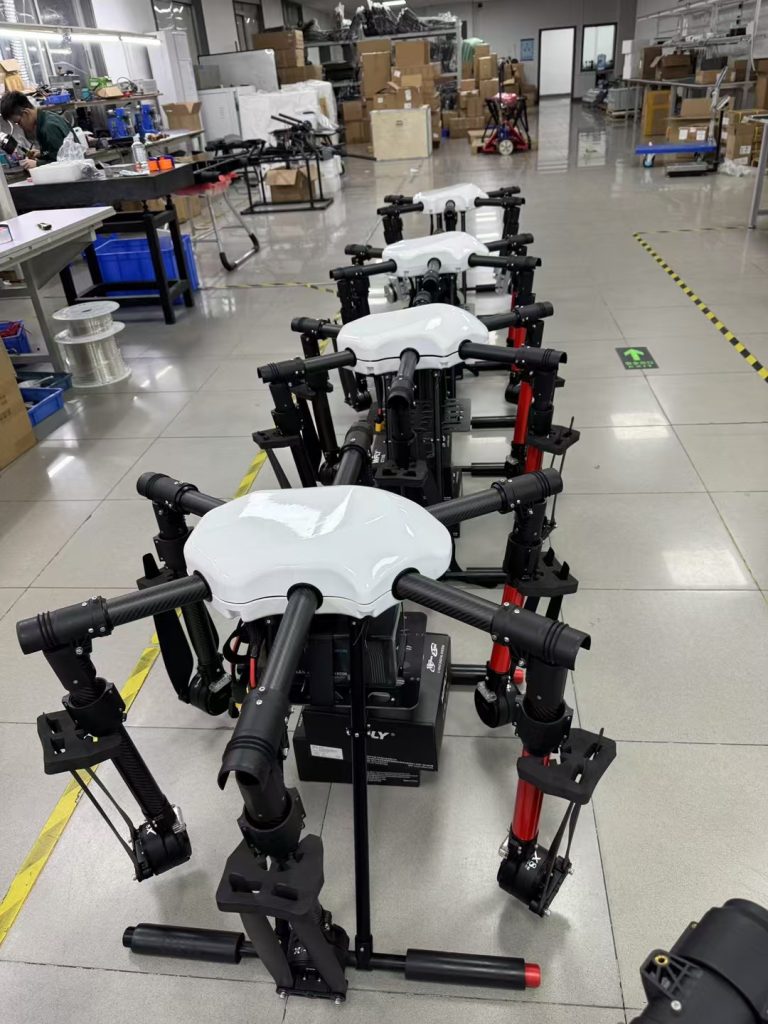
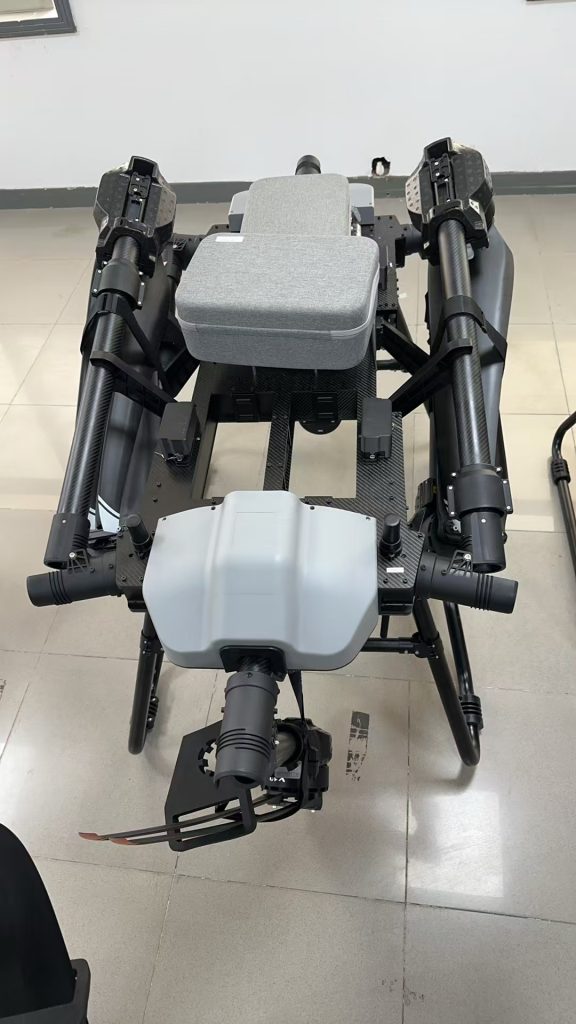
Introduction
Agricultural productivity faces increasing challenges from pests, diseases, and weeds, while environmental concerns and labor shortages demand more efficient solutions. Aerial spraying drones have emerged as a transformative technology in modern farming, offering precise, efficient, and environmentally friendly crop protection. These unmanned aerial vehicles (UAVs) are transforming how farmers apply pesticides, herbicides, and fertilizers, providing significant advantages over traditional methods.
Unlike conventional ground-based sprayers or manned aircraft, aerial spraying drones can precisely deliver chemicals to crops while navigating challenging terrains, reducing chemical waste, and minimizing environmental impact. This comprehensive guide explores the technology behind aerial spraying drones, their benefits, operational considerations, and their growing role in sustainable agriculture.
How Aerial Spraying Drones Work
Aerial spraying drones are specialized UAVs equipped with advanced technology for precise chemical application:
1. Core Components
-
High-capacity tanks (10-30 liters) for carrying pesticides, herbicides, or fertilizers
-
Specialized spraying nozzles that create optimal droplet sizes (typically 50-300 microns)
-
Centrifugal or pressure-based pumps for consistent chemical delivery
-
GPS and GNSS positioning systems for accurate navigation
-
Intelligent flight control systems for autonomous operation
2. Spraying Mechanism
-
Variable rate technology (VRT) that adjusts application rates based on flight speed
-
Flow control systems with real-time monitoring
-
Height sensors maintaining optimal spray altitude (typically 1-3 meters above crops)
-
Nozzle orientation designed for effective coverage of crop canopies
3. Navigation and Control
-
Autonomous flight planning with pre-programmed spraying patterns
-
Real-time telemetry and data monitoring
-
Obstacle avoidance systems for safe operation
-
Manual override capabilities for operator control
Key Benefits of Aerial Spraying Drones
1. Precision and Efficiency
-
Targeted application reduces chemical waste by up to 30-50%
-
Uniform coverage across the entire crop canopy
-
Faster application – covering 5-10 acres per hour
-
Precise dosage control based on crop needs and field conditions
2. Access to Challenging Areas
-
Navigates difficult terrain including hills, forests, and flooded fields
-
Effective for tall crops like sugarcane, fruit trees, and vineyards
-
Operates in wet conditions when ground equipment can’t be used
-
Accesses hard-to-reach areas that traditional sprayers can’t reach
3. Cost-Effectiveness
-
Reduces labor costs by minimizing manual spraying work
-
Lowers chemical costs through precise application
-
Decreases fuel and maintenance expenses compared to tractors and aircraft
-
Minimizes crop damage during application
4. Safety and Environmental Protection
-
Eliminates operator exposure to harmful chemicals
-
Reduces chemical drift to non-target areas by up to 90%
-
Minimizes environmental impact through targeted application
-
Protects beneficial insects and reduces overall chemical usage
Technical Specifications to Consider
When selecting an aerial spraying drone, farmers should evaluate:
1. Capacity and Coverage
-
Tank size (typically 10-30 liters) determining coverage per flight
-
Flight time (usually 15-30 minutes) affecting total daily coverage
-
Coverage rate (typically 1-3 acres per battery charge)
2. Spraying System
-
Flow rate range (usually 1-5 liters/minute)
-
Nozzle type and configuration
-
Spray width and droplet size control
-
Pressure system capabilities
3. Navigation and Safety
-
GPS accuracy (standard vs. RTK for centimeter-level precision)
-
Obstacle avoidance systems
-
Battery management and redundancy
-
Fail-safe mechanisms
4. Durability and Weather Resistance
-
IP rating for water and dust resistance
-
Operating temperature range
-
Wind resistance capabilities
-
Build quality and materials
Applications in Different Agricultural Sectors
1. Row Crops (Rice, Wheat, Corn, Soybeans)
-
Weed control in early growth stages
-
Disease prevention during critical growth periods
-
Fertilizer application for optimal growth
2. Fruit Orchards and Vineyards
-
Pest management in tall crops
-
Foliar nutrient application
-
Precision spraying between tree rows
3. Specialty Crops
-
High-value crop protection (vegetables, herbs, etc.)
-
Precision application in dense plantings
-
Gentle spraying for delicate crops
4. Large-Scale Commercial Farming
-
Efficient coverage of extensive acreage
-
Variable rate application across different field zones
-
Fleet operations for large farms
Operational Considerations
1. Training and Certification
-
Operator training for safe drone operation
-
Regulatory compliance with local aviation authorities
-
Chemical handling certification requirements
2. Maintenance and Safety
-
Regular drone maintenance for optimal performance
-
Battery handling and storage protocols
-
Spray system cleaning between chemical applications
-
Weather-appropriate operation
3. Environmental Factors
-
Wind speed limitations (typically <10-12 m/s)
-
Temperature and humidity considerations
-
Rain and moisture precautions
-
Chemical drift management
Economic Impact and ROI
Aerial spraying drones offer significant economic benefits:
1. Cost Savings
-
Labor cost reduction (up to 80% compared to manual spraying)
-
Chemical savings through precise application
-
Fuel and maintenance savings versus ground or aerial equipment
2. Yield Improvement
-
Better pest and disease control leading to higher yields
-
Optimized nutrient application improving crop health
-
Reduced crop damage during application
3. Return on Investment
-
Typical payback period of 12-24 months
-
Long-term operational cost savings
-
Increased land value through advanced farming technology
Future Developments in Aerial Spraying Drones
The aerial spraying drone industry continues to evolve with emerging technologies:
1. AI and Smart Farming Integration
-
Machine learning algorithms for pest detection and targeted spraying
-
Real-time crop analysis for variable rate application
-
Predictive spraying based on weather and crop data
2. Advanced Spraying Technologies
-
Electrostatic charging for improved chemical adhesion
-
Swarm technology for coordinated multi-drone operations
-
Ultra-low volume spraying systems
3. Improved Design and Capabilities
-
Longer flight times through advanced battery technology
-
Larger payload capacities for extended coverage
-
Autonomous fleet management systems
4. Sustainability Innovations
-
Electric and solar-powered drones for reduced carbon footprint
-
Biodegradable materials for environmental protection
-
Precision application minimizing environmental impact
Conclusion: Transforming Crop Protection
Aerial spraying drones represent a significant advancement in agricultural technology, offering farmers a precise, efficient, and environmentally friendly solution for crop protection. By combining autonomous flight capabilities with specialized spraying systems, these UAVs address critical challenges in modern farming including labor shortages, environmental concerns, and the need for increased productivity.
As technology continues to advance and operational costs decrease, aerial spraying drones will become an essential tool for farmers worldwide. Their ability to deliver targeted chemical applications with minimal waste and environmental impact makes them a key component of sustainable agriculture in the 21st century.
For agricultural operations of all sizes, aerial spraying drones provide not just a spraying solution, but a comprehensive approach to precision agriculture that protects crops, reduces costs, and improves yields through intelligent automation.
THE END

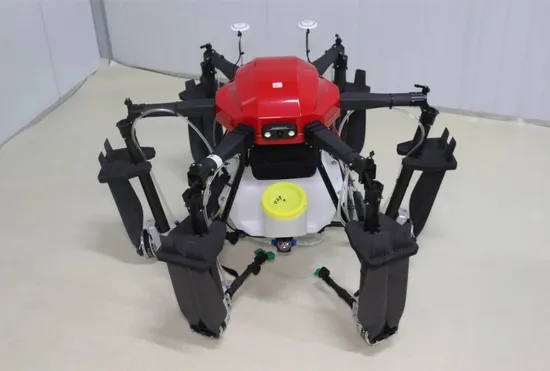
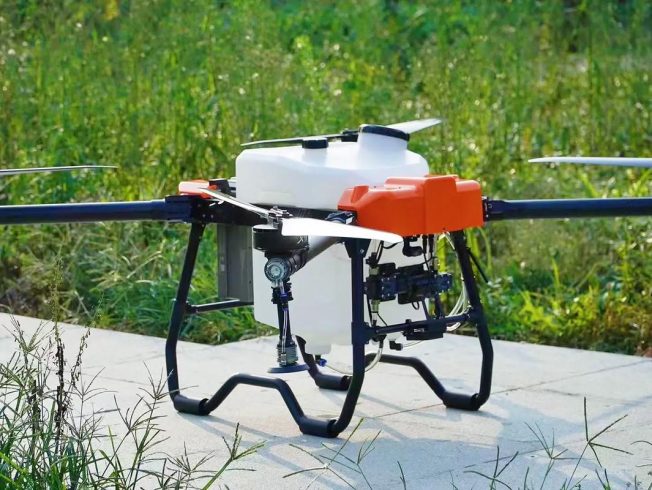
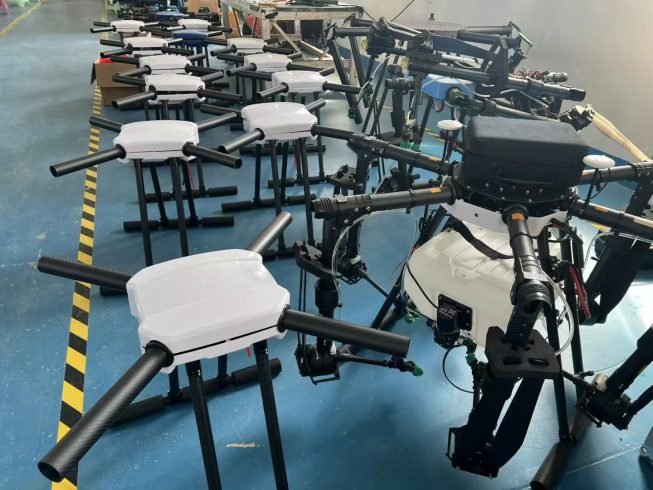
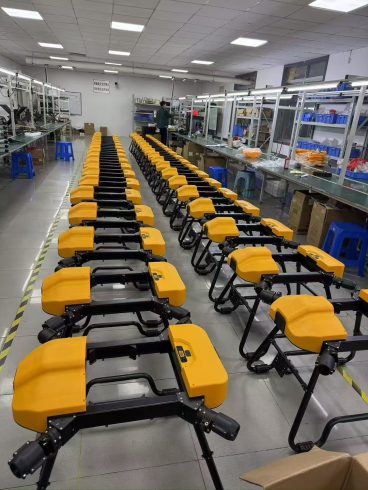
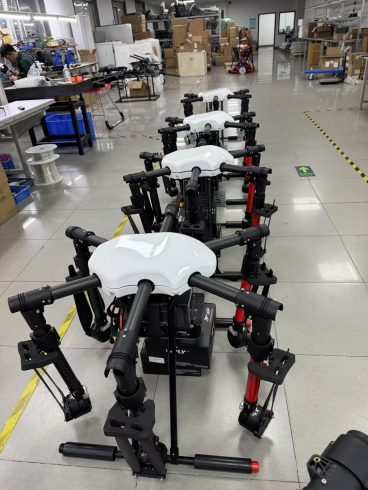
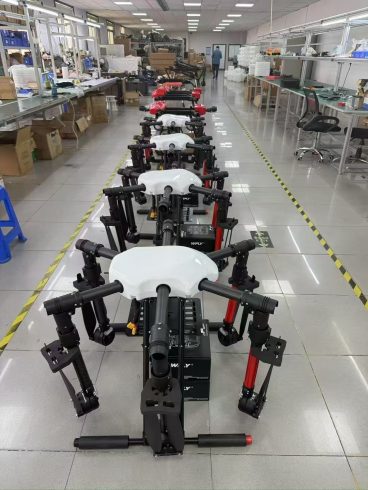

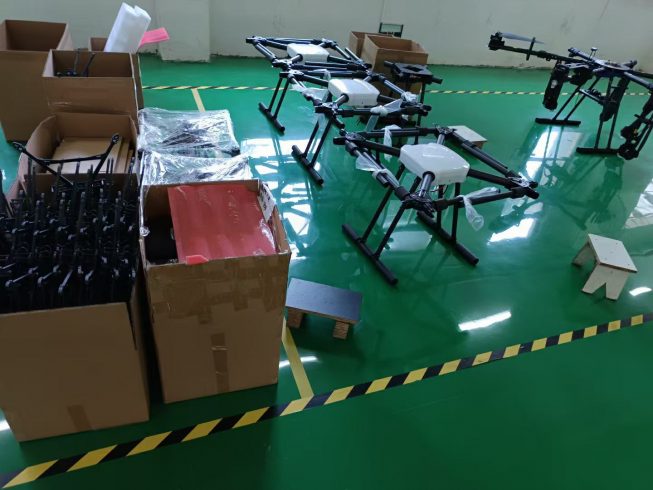
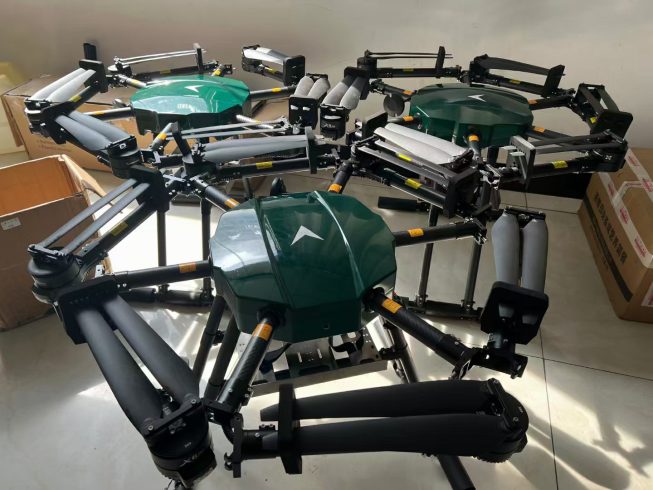

暂无评论内容